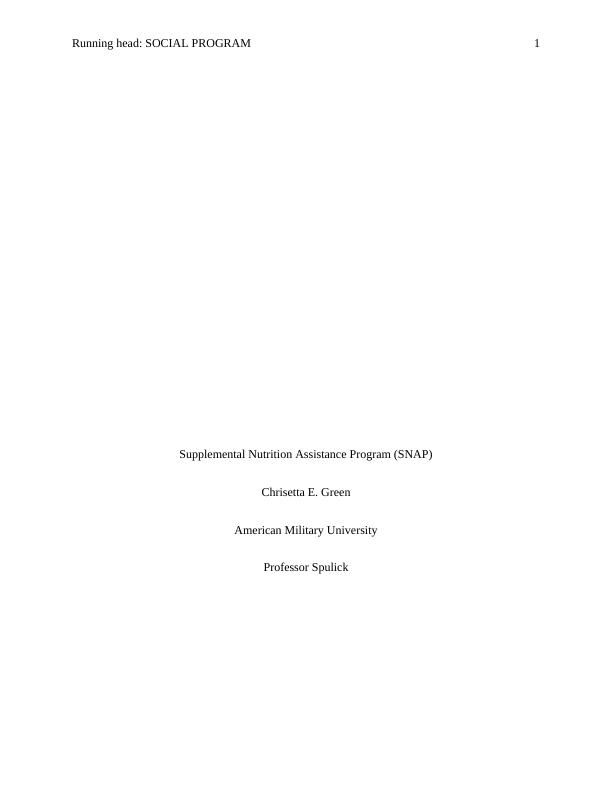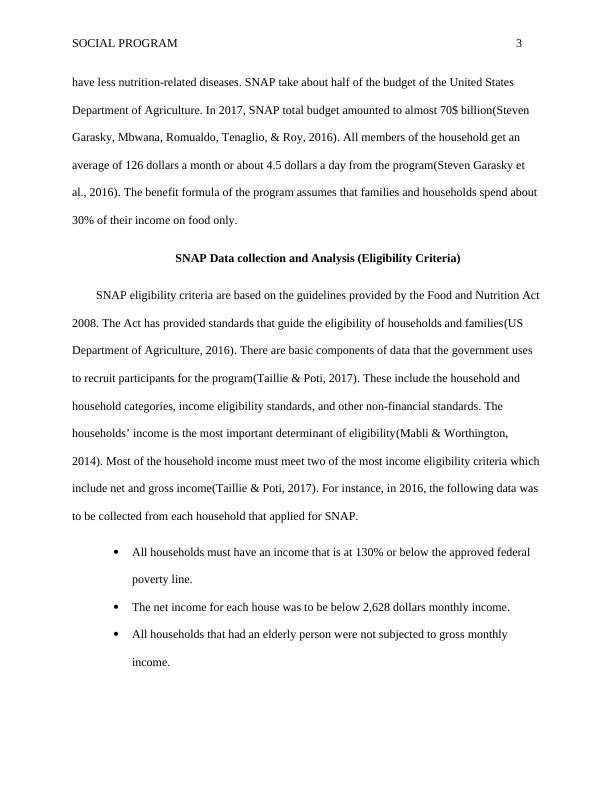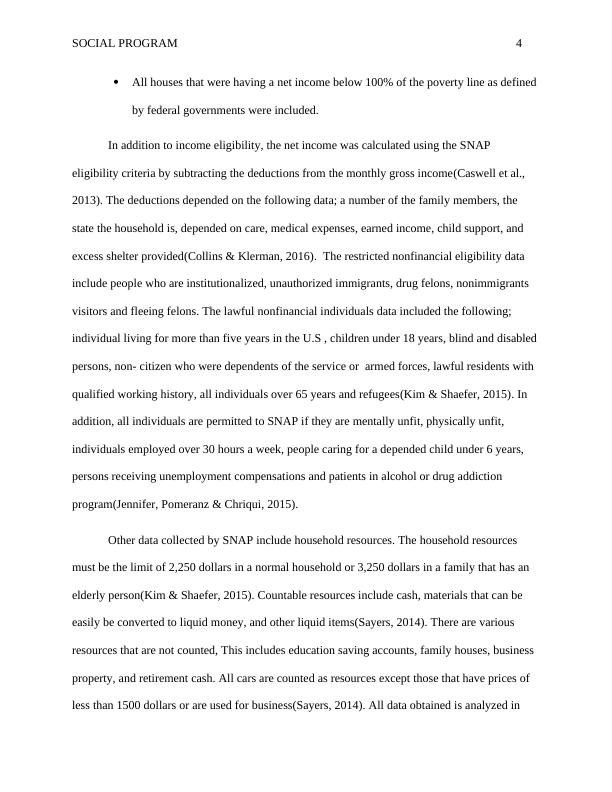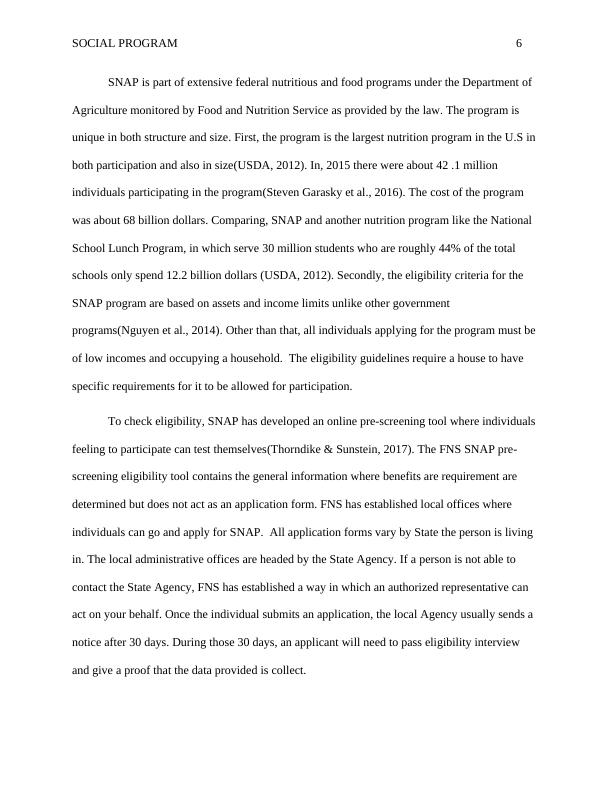Supplemental Nutrition Assistance Program (SNAP) - Purpose, Eligibility Criteria, and Structure
This article discusses the debate surrounding the government's payment for unhealthy foods with food assistance programs, specifically the Supplemental Nutrition Assistance Program (SNAP). The authors propose a SNAP "choice architecture" policy to balance health risks and freedom of choice by making unhealthy foods less convenient and visible at the point of purchase.
Added on 2023-06-09
About This Document
Supplemental Nutrition Assistance Program (SNAP) - Purpose, Eligibility Criteria, and Structure
This article discusses the debate surrounding the government's payment for unhealthy foods with food assistance programs, specifically the Supplemental Nutrition Assistance Program (SNAP). The authors propose a SNAP "choice architecture" policy to balance health risks and freedom of choice by making unhealthy foods less convenient and visible at the point of purchase.
Added on 2023-06-09
End of preview
Want to access all the pages? Upload your documents or become a member.






